So, you want to take on the big one – your first 100-mile bike ride! Completing a century ride is challenging and takes a lot of physical and mental stamina.
Longer bike rides can be gruelling and take hours to complete but, with the right training and preparation, you too can soon embark on this journey.
So, what preparations are needed to complete your first century? And, just how long does it take to bike 100 miles?
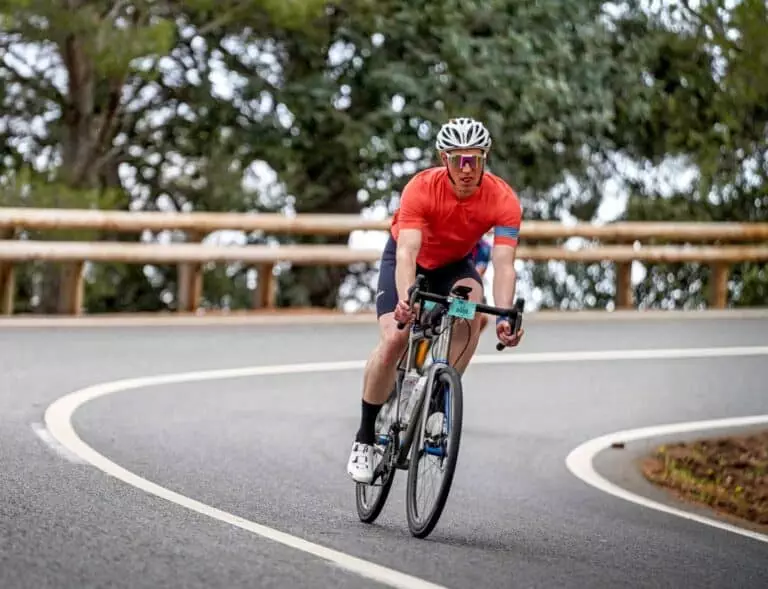
Key Takeaways
- Fitness levels, weather conditions, and terrain influence your race time.
- Completing a 100-mile bike ride can typically take between 6 and 12 hours.
- To prepare for a century ride, train to build endurance and strength.
- Also pay attention to nutrition, hydration levels, and equipment.
- Jonathan Parker claims the current 100-mile record holder (02:49:58).
Factors That Affect the Time It Takes to Bike 100 Miles
The following factors influence how long it takes to complete a 100-mile ride:
- Your fitness levels
- Weather conditions
- Terrain
- Road conditions
- Elevation gain
- Wind resistance.
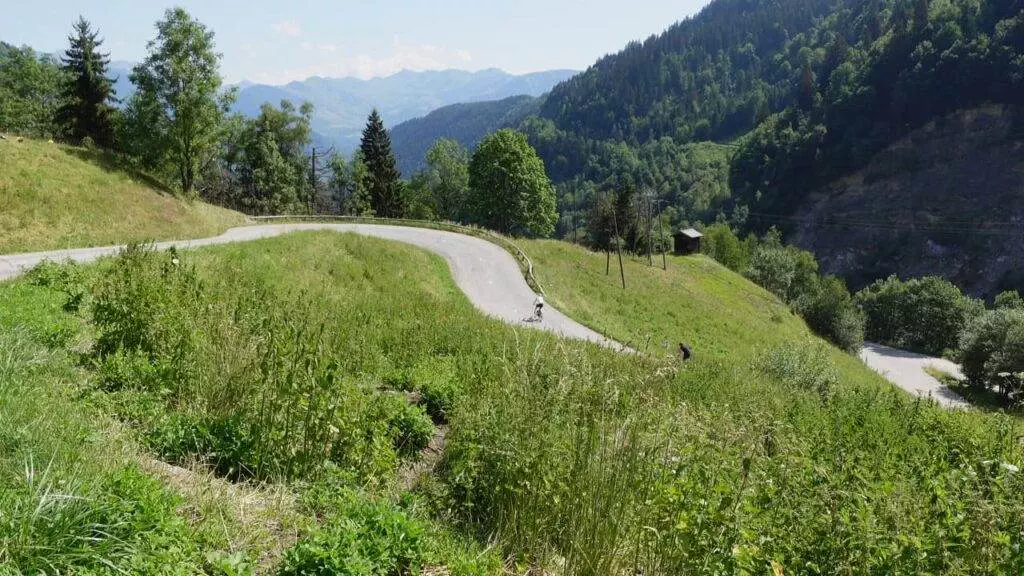
How Long Does It Take to Bike 100 Miles: Average Time
Completing a 100-mile journey can take anywhere between 6 and 12 hours. On average, it will take around 8 hours but this is just a rough estimate.
Race times vary from person to person and depend on factors such as fitness levels, weather conditions, and terrain. Experienced cyclists may be able to complete a 100-mile ride in less than 4 hours, while less experienced riders may take up to 8 hours or more to complete it.
Tips for Biking 100 Miles
To prepare for a century ride, you will have to train consistently, starting with shorter distances, and build on to this, to build endurance and strength. Also focus on nutrition, hydration levels, and your equipment to help you complete this long bike ride.
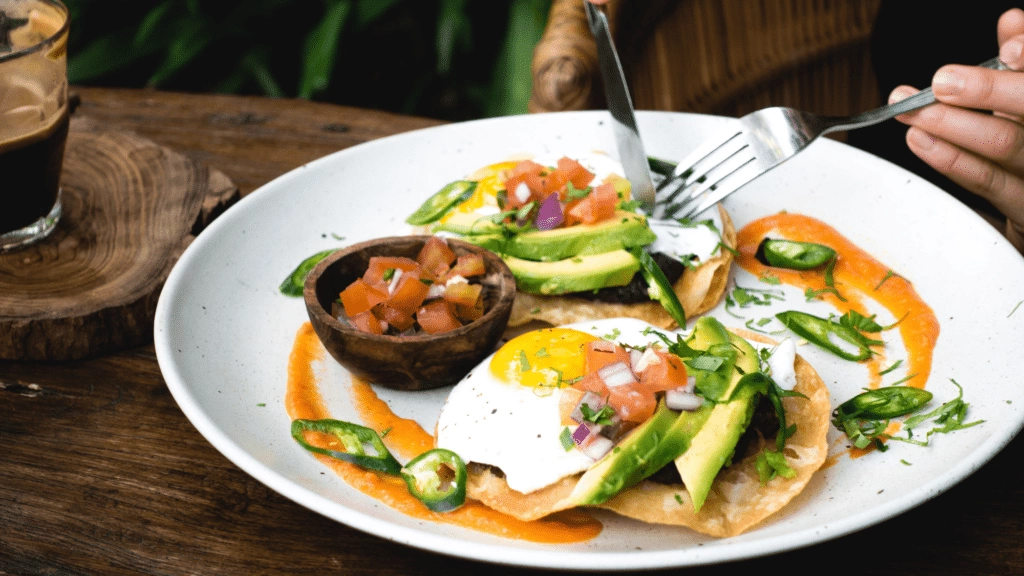
Training and preparation
It advised that you should start training for completing your 100-mile ride at least 12 to 16 weeks before the ride. Training helps cyclists become used to being on their bike for an extended period, while it also helps you become used to riding at a moderate cycling pace.
When putting together a training plan, consider your current fitness level, skill level, and cycling experience. Start with shorter distances and gradually increase your bike riding mileage and intensity, focusing on bettering your endurance and power, and building a good pace.
Include hill training and interval training in your preparation – this will help you build up leg strength and stamina.
You should be able to comfortably cycle 50 miles before attempting a 100-mile ride.
It is important to drink enough water during training and on the day of your long ride. Drink at least 20 ounces of water before you start and, during this long-distance ride, drink 10-15 ounces of water every 15-20 minutes to stay hydrated.
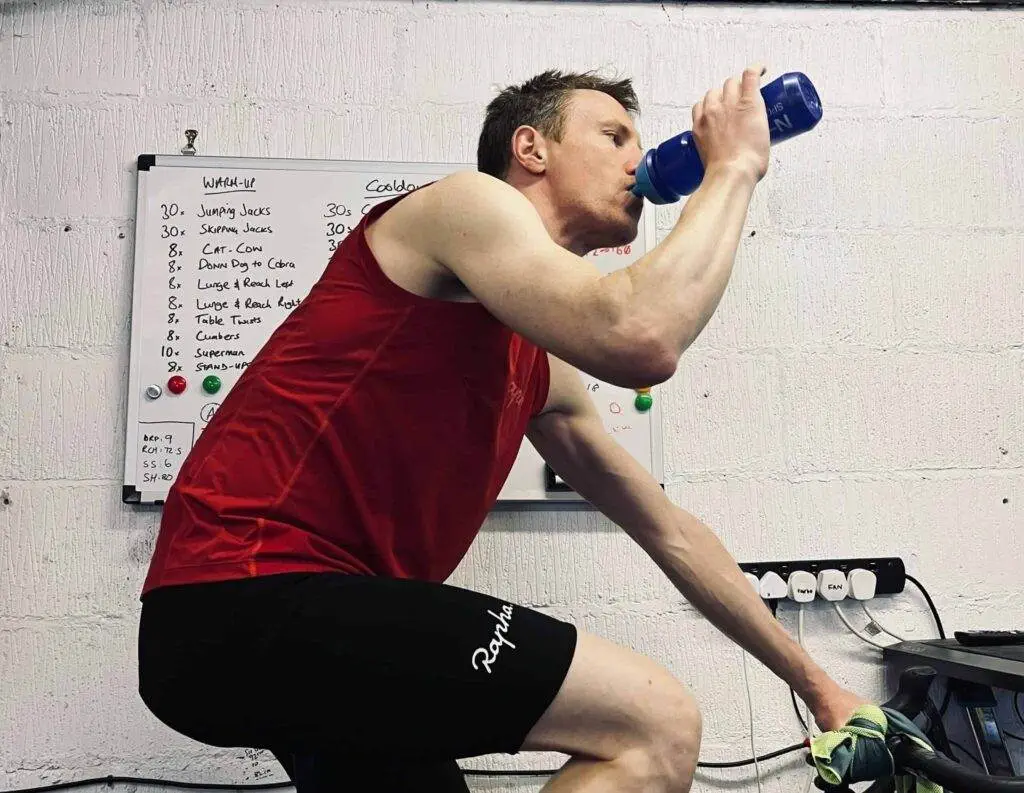
In the weeks leading up to the ride, fuel yourself with a mix of proteins and carbohydrates to help boost glycogen stores and repair muscle tissue. Have a calorie-rich meal before you start your century ride and pack a calorie-dense lunch and energy bars to help sustain your energy levels.
During the training period, take days off to recover. This helps reduce muscle soreness, avoid injury and fatigue, and ensures that you are ready for your 100-mile bike ride. Get at least 7-8 hours of sleep per night. Also, include rest days in your training plan, to allow your body to recuperate.
On the day of your long-distance ride, take regular rest stops to allow your body to recover. Rest for at least 10-15 minutes every 25-30 miles to hydrate, stretch, and refuel with carbohydrates and electrolytes.
Nutrition during the ride will be key – here’s a few quick links for inspiration:
- Energy: Keep you energy levels up with a carb-rich drinks and snacks. I like the Clif bar Minis amongst other snacks, and also will have my water bottle mixed with an energy powder, like Tailwind Endurance Fuel.
- Hydration: Also in my bottle i will usually add a hydration tab like Nuun, especially if it’s a hot day.
- Recover: After a long ride, refuel with protein and carbs to kickstart recovery. Mix a shake like Ascent Whey Protein Powder for a shortcut to muscle repair and rebuilding.
Route planning
Choose a route that is comfortable to ride but is still challenging, and has sufficient rest stops along the way. Take note of the traffic volumes you can expect along the route, the terrain, and the scenery.
You’ll be on the road pedalling in one position almost non-stop for 7 hours, so make sure the route will be easy to manage, and safe. Routes with steep hills and inclines can drain your energy, so follow a route that has intervals of flat terrain to give your leg muscles an occasional break.
Check the weather forecast for your ride day to avoid days with extreme heat and wear comfortable clothing. Take time before the day of your actual century ride to cycle some the route and get a feel for what you can expect on the day of your ride.
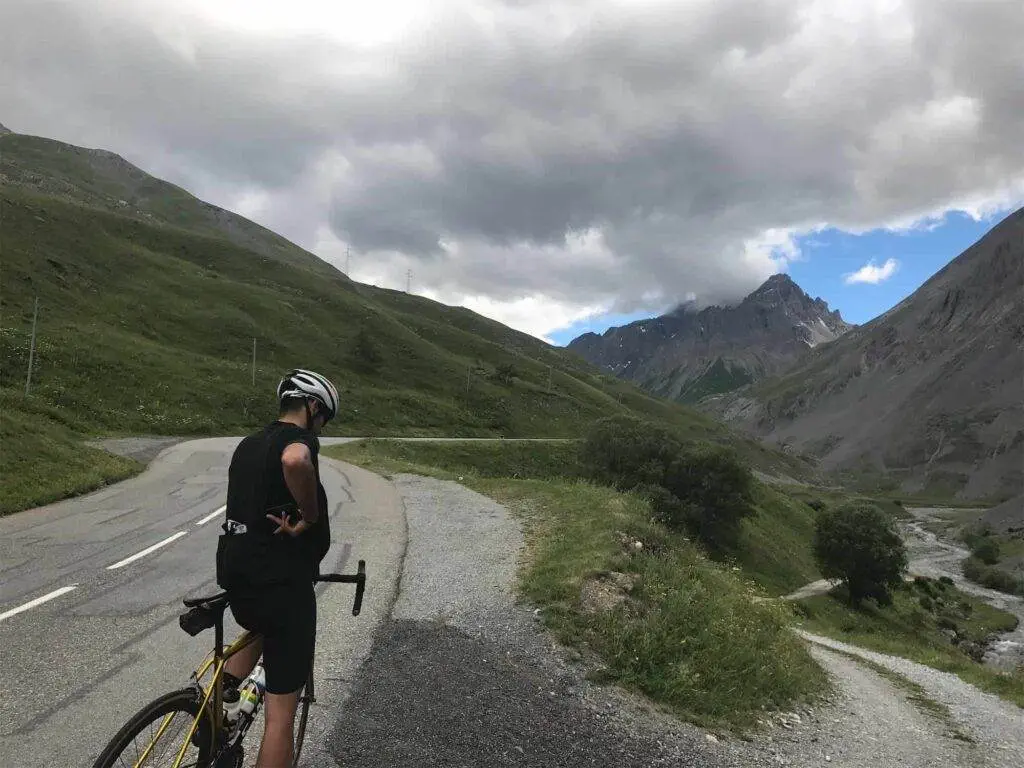
Bike setup and maintenance
Choose a bike that will be fit for your purpose and needs, as long rides require a bike that allows for an efficient and comfortable ride. A road bike or touring bike will be best for completing this big ride – they have lightweight frames, multiple gears for different terrains, and narrow tires.
Before embarking on the 100-mile ride, make sure your bike is in good working order. Do regular maintenance on your bike by checking tire pressure, lubricating the chain, and checking your brakes.
Take a basic repair kit with you so you can quickly change a flat tire or do repairs if necessary.
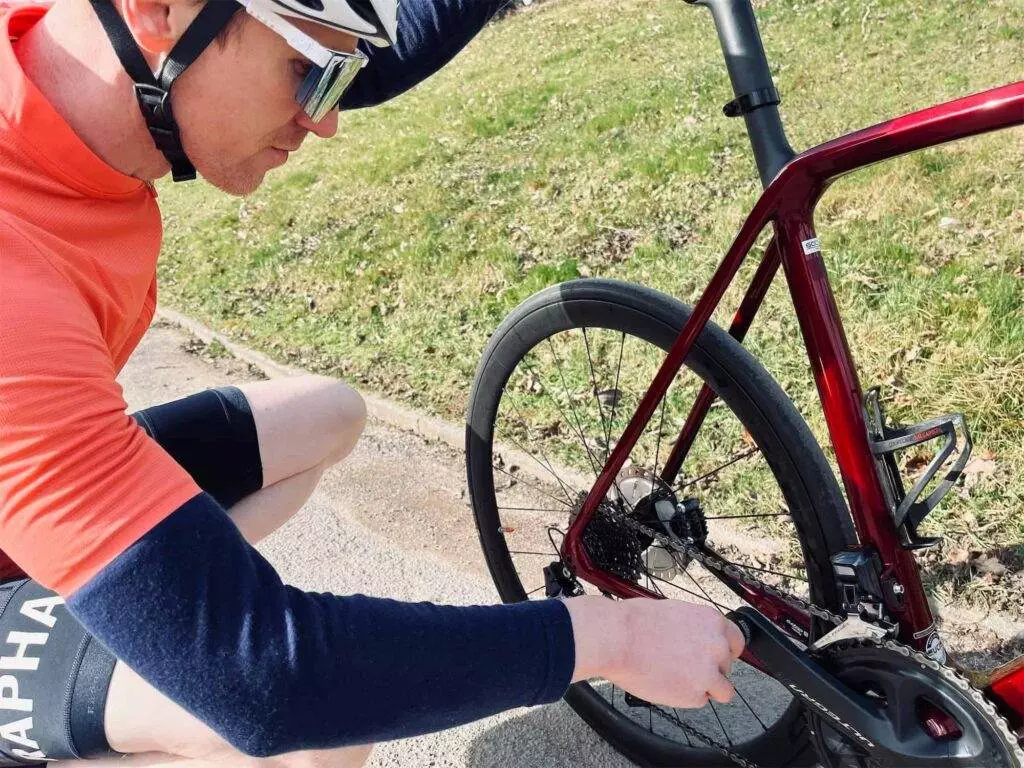
Real-Life Examples of Biking 100 Miles
Many of the world’s top cyclists have taken on the 100-mile bike challenge and completed their century rides in impressive times.
In March 2021, Jonathan Parker set the new Road Records Association’s 100-mile record, finishing the century in a time of 02:49:58. The female record holder for the fastest 100 miles by bicycle is the UK’s Pauline Strong. She set the record of 3:49:42 on 18 October 1991.
Next Steps
So, are you ready to complete your first 100-mile ride?
Keep the following in mind as you ready yourself for the big day:
- A good century ride training plan will give you a proper training schedule and help set key target dates to gauge your progress.
- It will also teach you about training zones, and how to avoid common pitfalls.
- Training helps you to improve your cycling speed and endurance and helps build leg strength and stamina, helping you avoid injury and fatigue.
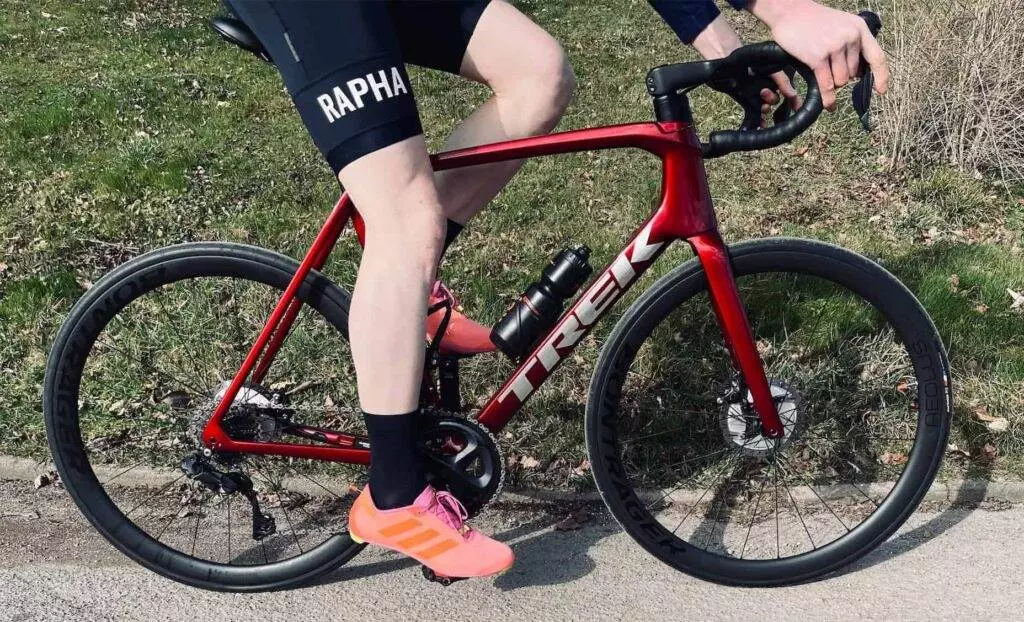
FAQs
What do I do after my century ride?
As you cross the finish line, continue cycling to cool down before coming to a full stop. After the ride, keep moving to keep your muscles warm. Continue hydrating and refuel with protein-rich meals. Get plenty of rest to help with muscle recovery.
Can I cycle 100 miles without training?
Attempting to cycle 100 miles without prior training could be extremely challenging and potentially dangerous for your health. It’s highly recommended to gradually build up your endurance and strength with a structured training plan before attempting such a long distance.
Can you bike 100 miles in a day?
Yes, it is possible to bike 100 miles in a day for individuals who have good physical fitness and endurance.
However, it’s crucial to prepare well, including proper hydration, nutrition, and rest breaks, and it’s recommended only for experienced cyclists due to the physical demands of such a distance.
Is 100 miles a lot for a bike?
Yes, 100 miles is considered a significant distance for a bike ride. This kind of ride, often referred to as a “century ride,” requires substantial training, preparation, and endurance, and is typically undertaken by more experienced cyclists.
